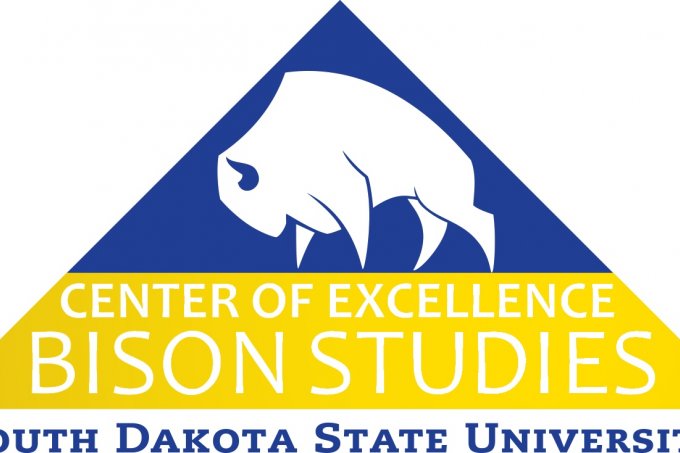The SDSU West River Research and Extension in Rapid City is the western front door to South Dakota State University and the College of Agriculture, Food and Environmental Sciences. It is here that academics, research, SDSU Extension and professionalism come together to provide South Dakota, especially western South Dakota, with the agricultural resources and expertise that can breed personal, professional and community success.
SDSU West River Research and Extension professionals with expertise in agronomy, animal and range science, leadership and community development, economics, horticulture and 4-H/youth development serve the entire state, but also focus on meeting the needs of western South Dakota producers, communities, families and youth. In collaboration with these audiences—and in collaboration with private non-profit and public organizations and agencies—research, programming and services are developed and implemented to build on the assets and address the challenges of those being served.
South Dakota State University has a strong presence in western South Dakota through its West River Research and Extension facility, West River Research Farm and the Cottonwood Field Station. Faculty from the Department of Animal Science, Department of Agronomy, Horticulture and Plant Science and Department of Natural Resource Management create a dynamic team well suited to address complex issues facing western South Dakota producers, consumers and stakeholders. These faculty work alongside graduate students and support staff to perform cutting-edge research that couples innovative technologies with traditional agricultural practices.
Key Research Projects
- Long-term stocking rate trial.
- Precision livestock weighing.
- Virtual fencing.
- Enteric GreenFeed measurement of western South Dakota rangeland cattle.
- Precision heifer supplementation.
- Precision water monitoring.
- Development of precision data informed virtual fencing rotation grazing models.
- Precision drinking water intake assessment of rangeland beef cattle.
- Rangeland rehab: Extension. Reestablishing natives on weedy pastures.
- Rangeland plant, soil and carbon monitoring on long-term grazing sites.
- Remote sensing assessment of rangeland pastures.
- Remote sensing predictive models for forage quality and quantity.
- Bale grazing using virtual fencing.
- Intensive grazing using virtual fencing.
- Developing a dry matter intake prediction equation using precision technology.
- Riparian restoration using low-cost, low-tech process-based restoration.
- Educating and informing producers about precision ranching technology.
- Graduate student training and education.
- Beginning beef cattle producers - grazing workshop.
- Educating and informing agency personnel about precision ranching technology.
- Integration of livestock and cover crops into annual small grain production.
- Using native rhizobia to increase nitrogen fixation under drought stress.
- Wheat, barley, oats, sorghum, peas, chickpeas, millet, canola variety trials.
- Intercropping alfalfa and sunflower and alfalfa and sorghum.
- Innovations in conversion to organic farming.
- Wheat and corn nitrogen fertility trials.
- Using soil health measures to improve nitrogen use efficiency in wheat.
- Winter field pea germplasm development.
- Using cover crops and manure to offset disease risk in wheat.


